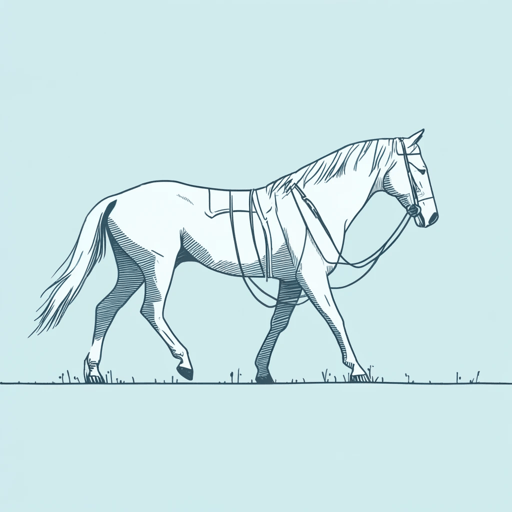90 pages • 3 hours read
William FaulknerAs I Lay Dying
Fiction | Novel | Adult | Published in 1930A modern alternative to SparkNotes and CliffsNotes, SuperSummary offers high-quality Study Guides with detailed chapter summaries and analysis of major themes, characters, and more. For select classroom titles, we also provide Teaching Guides with discussion and quiz questions to prompt student engagement.
Symbols & Motifs
The Marked Body
Bodies that have been marked by sickness, poverty, injury, and manual labor are consistent and important motifs throughout the novel. Given the characters’ poverty and interdependence, their bodies become less a marker of personal agency than symptomatic of what life and others have done to them. Generally, those with more intact bodies, such as Jewel, have greater autonomy and status, whereas those with more weathered bodies, like Anse and Cash, feel inferior.
The marked body at the heart of the novel is Addie’s. Her dying body is described in vivid detail by Cora: “her face is wasted away so that the bones draw just under the skin in white lines. Her eyes are like two candles when you watch them gutter down into the sockets of iron candle-sticks.” (5). Here, the process of exhaustion is visible in Addie’s becoming a skeleton without light in her eyes. The image of candles that are about to be put out, also expresses Addie’s volition to no longer live. In an attempt to contain this gruesome image, Dewey Dell dresses Addie in the opulent wedding dress with “a flare-out bottom” that she wore when she came over from Jefferson to marry Anse (53). The dress which Addie will wear on her return to Jefferson marks her change from a lush, fertile bride to an emaciated corpse, which will further putrefy.
Related Titles
By William Faulkner

Absalom, Absalom
William Faulkner
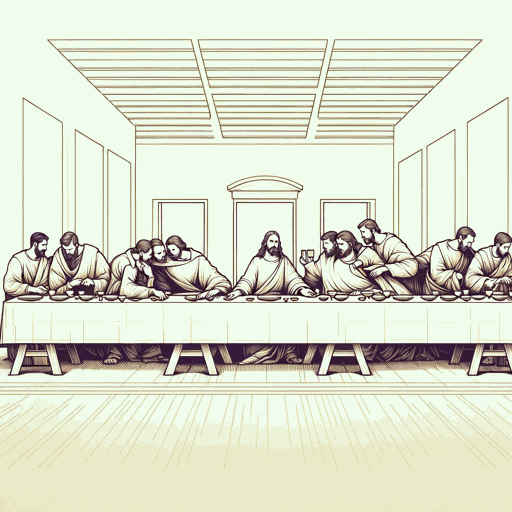
A Fable
William Faulkner
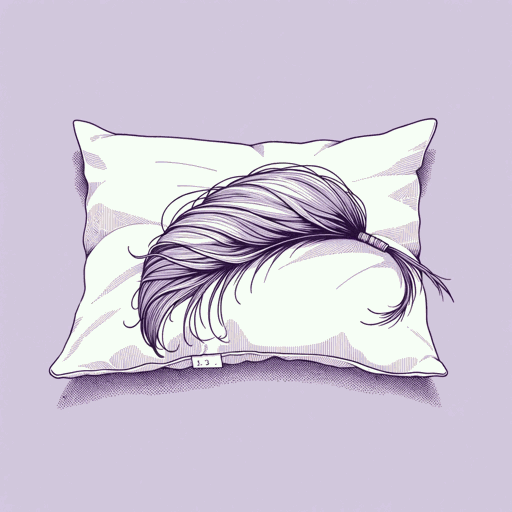
A Rose for Emily
William Faulkner
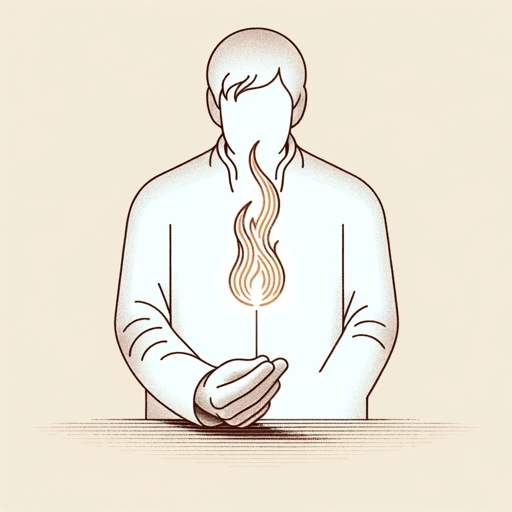
Barn Burning
William Faulkner

Dry September
William Faulkner

Go Down, Moses
William Faulkner

Intruder In The Dust
William Faulkner

Light in August
William Faulkner
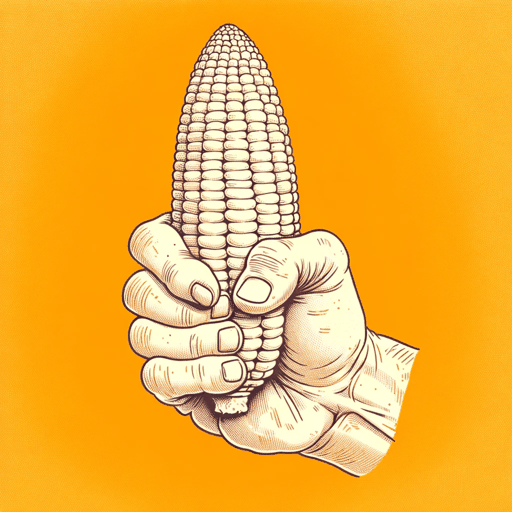
Sanctuary
William Faulkner

Spotted Horses
William Faulkner

That Evening Sun
William Faulkner
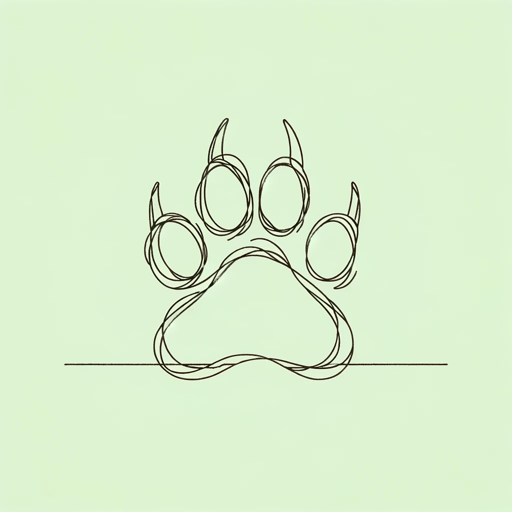
The Bear
William Faulkner

The Hamlet
William Faulkner

The Reivers
William Faulkner

The Sound and the Fury
William Faulkner

The Unvanquished
William Faulkner
